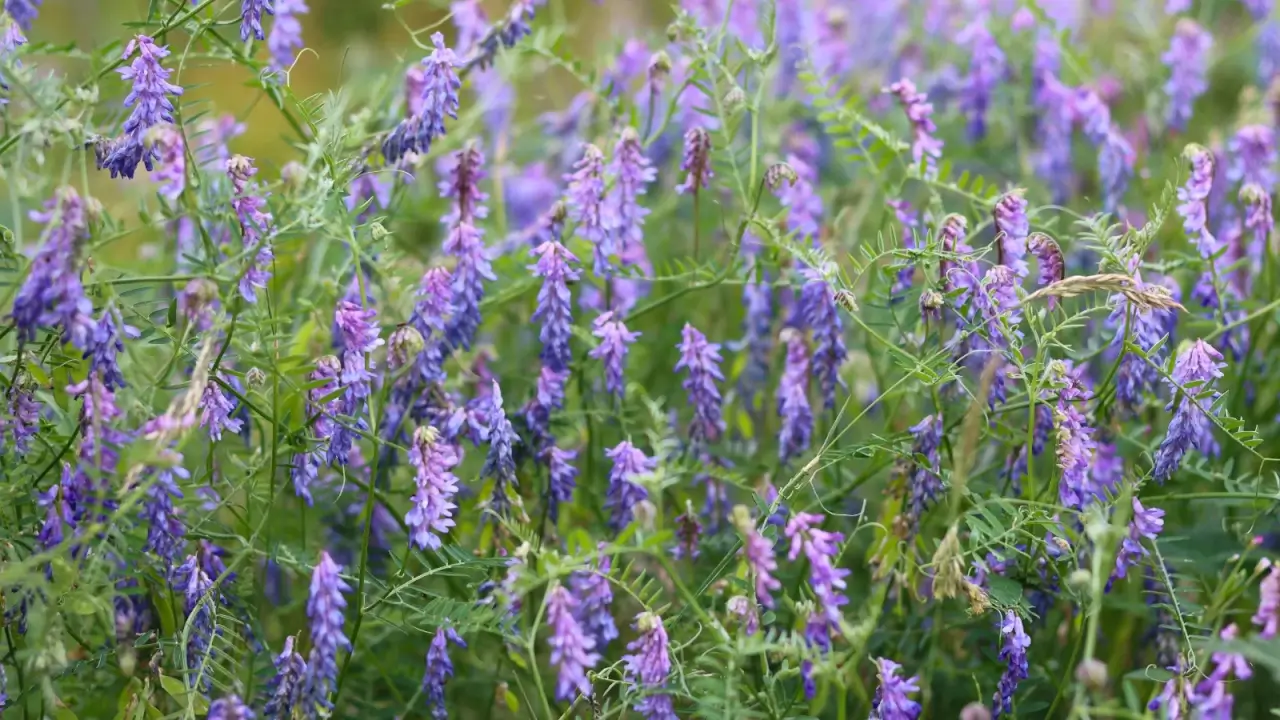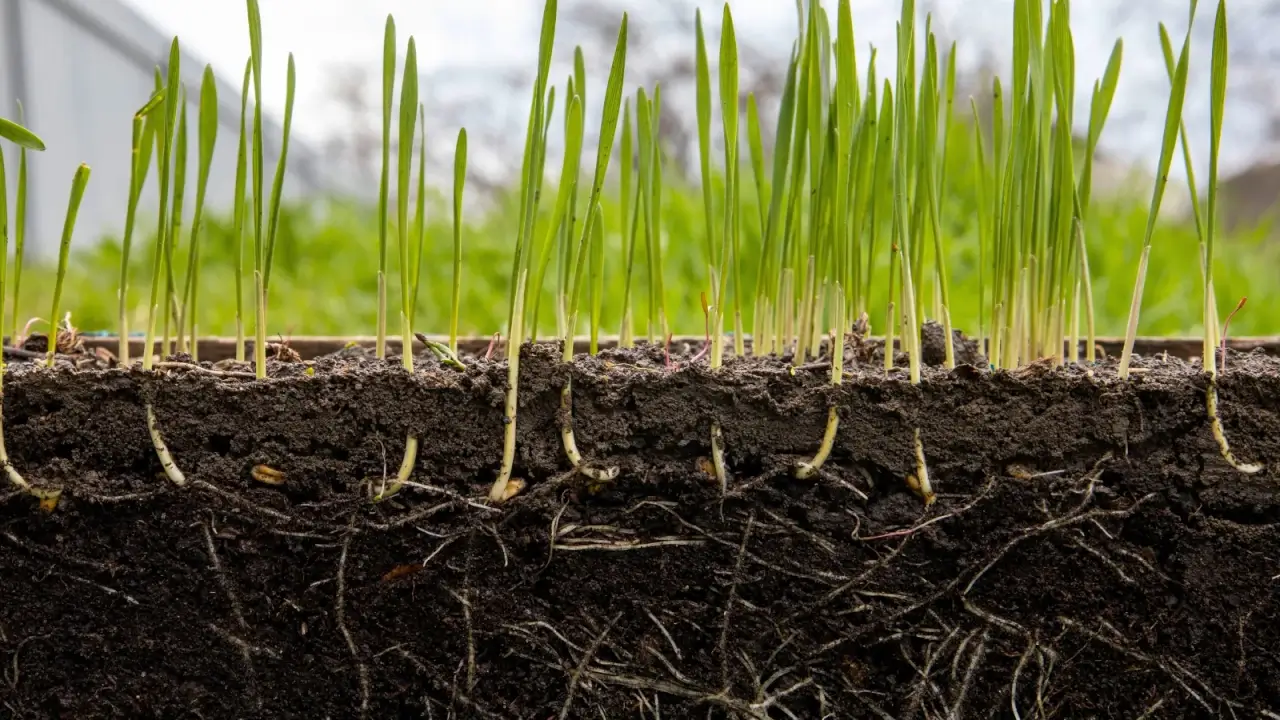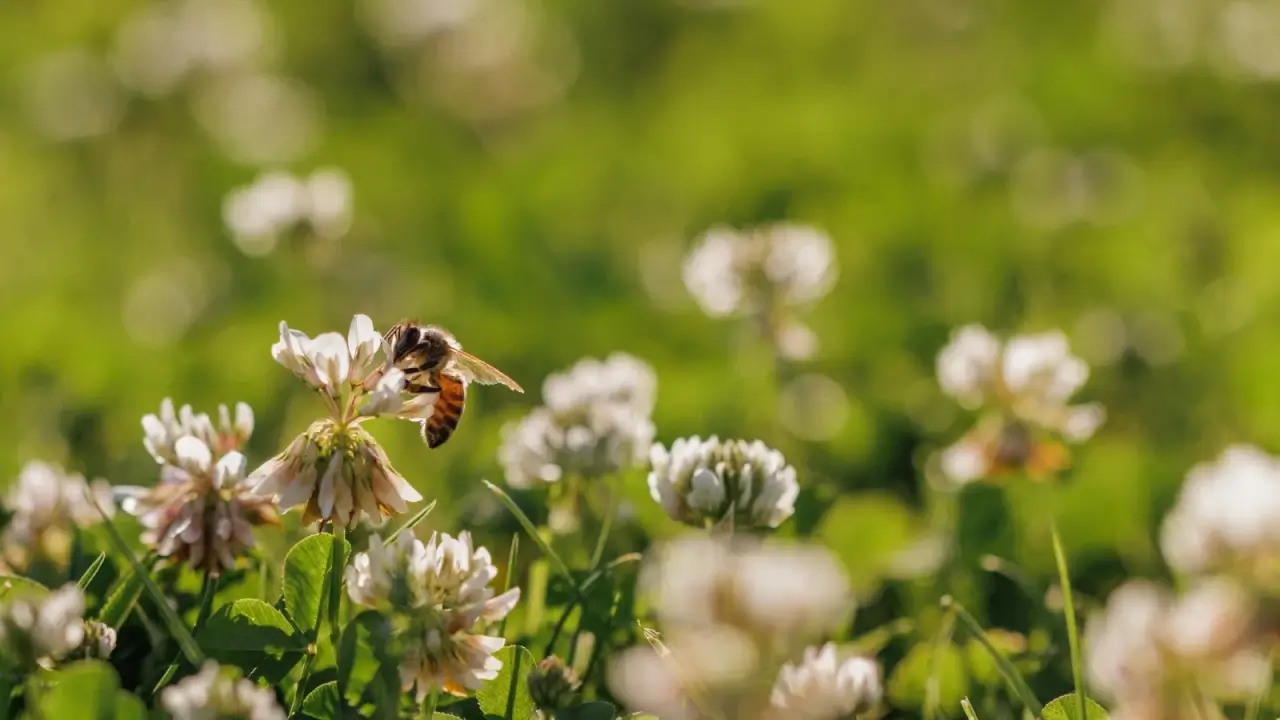If you haven’t taken the leap and you’re unsure about whether or not to sow a cover crop, know that it’s worth it. Specifically, when it comes to your bottom line, cover crops save money. They may not do so immediately, but the effort you invest in them is returned in multiple ways.
Grow cover crops at any point in the year, as long as the timing aligns with the crop in question. Terminate them at the right time, and you’ve got a natural mulch that slowly improves your soil. This is the most obvious benefit, but there are many, many more. You don’t have to be an organic farmer to use a cover crop. They’re beneficial to all farms.
The ways cover crops improve your revenue streams might not be as evident a…
If you haven’t taken the leap and you’re unsure about whether or not to sow a cover crop, know that it’s worth it. Specifically, when it comes to your bottom line, cover crops save money. They may not do so immediately, but the effort you invest in them is returned in multiple ways.
Grow cover crops at any point in the year, as long as the timing aligns with the crop in question. Terminate them at the right time, and you’ve got a natural mulch that slowly improves your soil. This is the most obvious benefit, but there are many, many more. You don’t have to be an organic farmer to use a cover crop. They’re beneficial to all farms.
The ways cover crops improve your revenue streams might not be as evident at first. But once you try one that works for your farm, you’ll keep sowing them to improve your soil and fields for years to come.
How Cover Crops Save Money
Keep these things in mind as you decide to grow a cover crop. Not all crops are equal, and certain crops are better suited to differing times and places. But one that fits your farm brings all of the money-saving power to the table.
Less Erosion

Sloped gardens benefit from plants that keep topsoil in place.
Having a crop growing through the heat of summer or winter’s freezes keeps the ground covered. It prevents soil heaving, the phenomenon that occurs when cold extremes flex the ground and upend layers of soil. The soil remains protected and moist in heatwaves.
On slopes, cover crops keep the topsoil in place, ensuring heavy rains don’t displace the earth. This saves you money and time in the long run, preventing the need for extra earthworking and additional soils from an external source. It also prevents runoff from entering nearby waterways, protecting your local environment.
If you know your soil is full of all the nutrients you need, find a quick-growing crop to hold the soil in place. Grains, vetches, and clovers are all excellent options. More nutrient-rich options work too, as long as they tend to grow and proliferate quickly.
Weed Suppression

Planting quick crops keeps bare soil weed-free.
When it’s time to clear an area for a new plot, leaving that soil barren prompts even more weeds than were there before you cleared. Cover crops that colonize the space prevent growth of new weeds.
Rather than letting fields lie fallow between seasons, plant a cover crop like buckwheat that matures quickly and fills in the space, preventing any potential weeds. This removes the need for pre-emergent herbicides that negatively affect the environment. Keeping weeds down cuts down on labor costs and gives you room to spend time on other important tasks.
Nutrient Scavenging

Use grasses and grains to drill down for nutrients, making them available for future crops.
You can till your soil every season to unearth nutrients in lower soil layers, but it tends to erode topsoil and damages the microorganisms that make your soil healthy overall. Instead, plant a cover crop with deep roots that scavenge for nutrients deep in the earth where your tiller can’t access them.
Grasses and grains tend to be great nutrient drillers, bringing up macro nutrients and trace minerals to a more shallow range. If the crop you sow is a collaborator with rhizobia in the soil, even better. You’ll have excellent nutrient presence and mobility for your subsequent crops.
This ensures the soil is healthy so the crops can also provide the healthiest produce possible.
Nitrogen Fixation

Legumes replenish soil with natural nitrogen.
It doesn’t matter where you live or what you do, nitrogen is constantly escaping from the soil into the air. Often it comes down with the season’s rains, but if you live in an area where rain is rare, a legume cover crop is your friend.
Leguminous plants affix nitrogen in the soil, making it available for the plants that grow near and after them. The key is to** leave the roots in the soil**, as they typically have nodules that are primed to interact with nitrogen molecules.
Plenty of cultivated plants are legumes, meaning you can grow a hefty crop of peas that will eliminate the need to apply nitrogen fertilizers. With commonly consumed crops like peas, you have something to take to the market. Tons of woody natives are leguminous too. If you have a prairie strip, locate a native legume to incorporate within.
Biodiversity

Garden diversity encourages natural pest control.
A higher rate of biodiversity means a farm with a higher presence of beneficial insects. These guys pollinate and prey on insect pests that devastate monocrops and annoy smaller farms. Cover crops provide biodiversity via their roots and flowers.
These insects that some cover crops attract also bring in birds and mammals that feed on pests. Allowing these to do their work, controlling pests enables you to save money on pesticides and energy on applying them. Buckwheat is an excellent crop for this purpose.
High Yields

Nurturing the soil today creates abundant harvests for tomorrow.
If you look at all the above ways cover crops save money, know that each funnels into the ultimate financial gain: high yields. As the cover crop does its work, you’re setting your more sensitive cultivated crops up for success the following season.
Whether they build soil, hold it in place, or bring in the pest-controllers and pollinators, cover crops provide so much financial support.
How to Fight Soil Nutrient Loss with Prairie Strips
As farmland degradation accelerates globally, prairie strips are emerging as a critical conservation solution. These strategic rows of native prairie plants, installed between crop fields, can reduce soil nutrient loss while restoring biodiversity to agricultural landscapes.